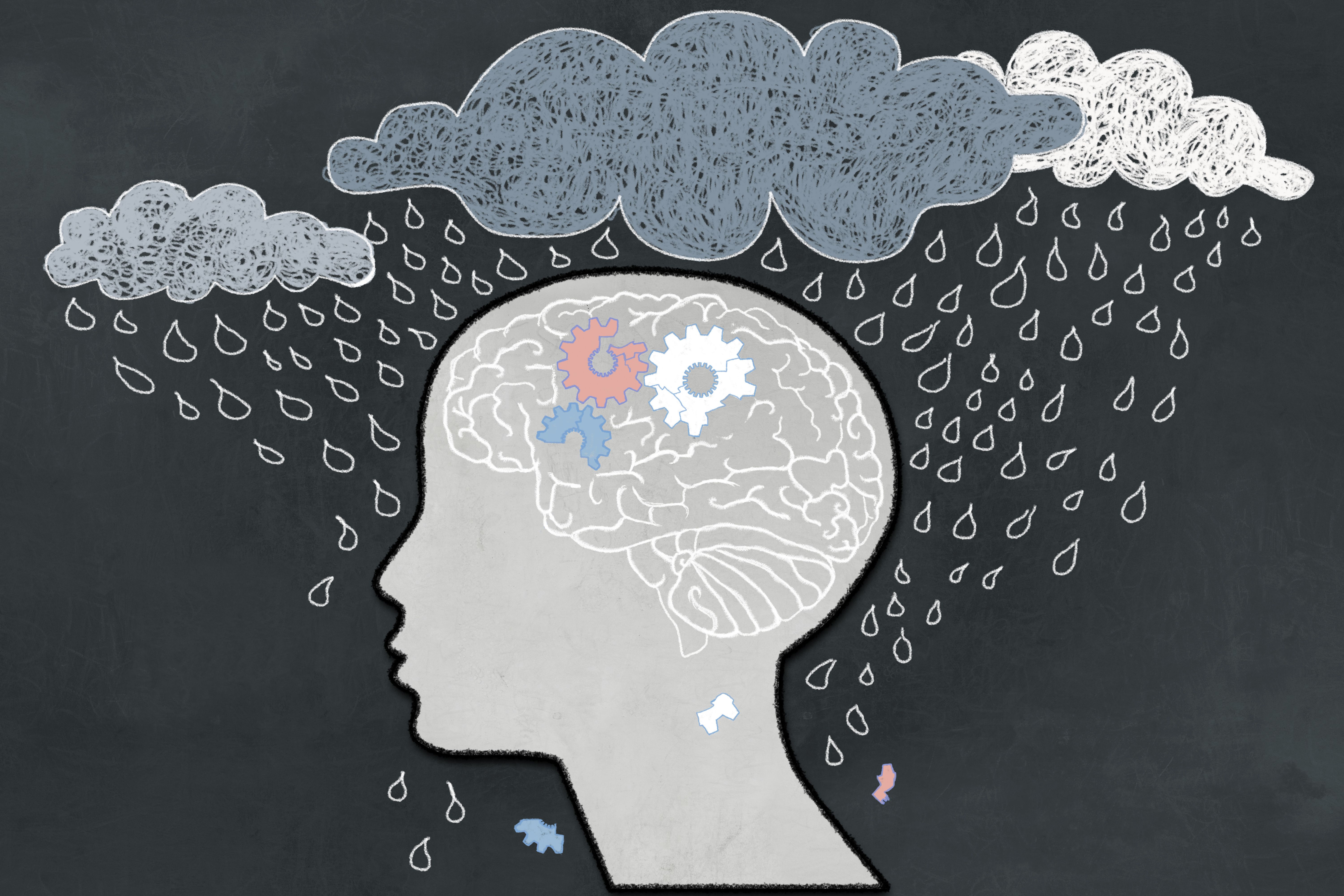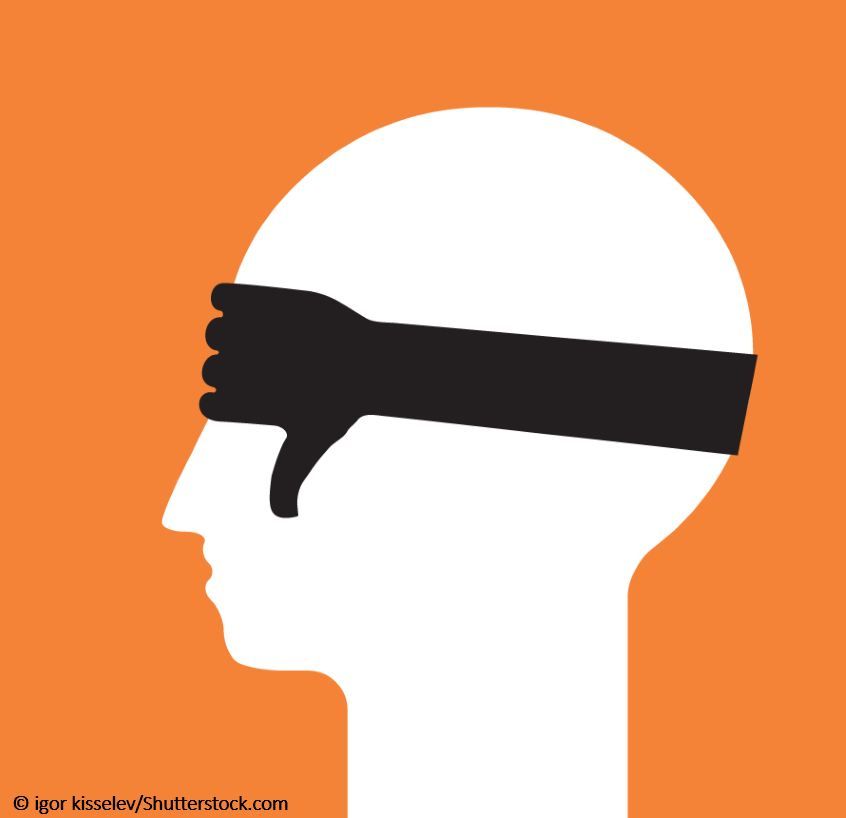Article
DSM5 and Dimensional Diagnosis-- Biting Off More Than It Can Chew
Author(s):
There are 2 very different methods of describing people with a mental health problem. A typical psychiatrist will give the mental disorder a name. Many psychologists would prefer to give it a number on a rating scale. The first “categorical” approach is the simplest and most natural way people sort things. It is the method used throughout medicine (with just a few exceptions like hypertension). The second “dimensional” approach works best to describe phenomena that are continuous, lacking in clear boundaries, and reducible to numerical measurement.
There are 2 very different methods of describing people with a mental health problem. A typical psychiatrist will give the mental disorder a name. Many psychologists would prefer to give it a number on a rating scale. The first “categorical” approach is the simplest and most natural way people sort things. It is the method used throughout medicine (with just a few exceptions like hypertension). The second “dimensional” approach works best to describe phenomena that are continuous, lacking in clear boundaries, and reducible to numerical measurement.
In every day life, categorical and dimensional descriptions are complementary-- and both are essential. We use numbers to preserve accuracy in labelling things like height, weight, temperature, and IQ.
We use names when a simpler, more vivid shorthand will do - - saying something is red or blue is certainly imprecise but in most situations (outside the physics lab) is more convenient than giving an exact wavelength.
The Diagnostic and Statistical Manual currently in its fourth revision (DSM-IV uses the categorical system of naming the mental disorders. This is familiar and usually effective, but runs into trouble with patients who are at the boundary--either with normality or another disorder. The basic, unalterable inflexibility of the categorical system is that it forces the diagnostic grays to be misleadingly classified as black or white -- a decision that loses valuable information and is inherently made with low reliability.
For 3 decades, I and many others have suggested that a dimensional approach might have important advantages. These are particularly apparent in the diagnosis of the personality disorders which have very fuzzy boundaries with:
1. Normality
2. One another
3. Many of the Axis 1 conditions.
When, in 1987, I was appointed Chair of the task force preparing DSM-IV, I was hopeful we could begin to introduce the dimensional approach into the official nosology. After years careful consideration, however, we decided that this would be premature for 2 reasons:
o Busy clinicians don’t like dimensions and tend to ignore the ones already in the system
o There are no available well-tested dimensional systems that are easily tranportable into the diagnostic manual.
This latter problem does not arise because there is any lack of systems. During the past 100 years, academic psychology has produced literally thousands of measures - - far too many,rather than too few. In this cacophony, there are no standout dimensional systems that are widely accepted by the field and ready for enshrinement in an official nosology.
The first draft of DSM5 was recently posted and can be viewed at wwwDSM5.org. DSM5 has the stated ambition of being “paradigm shifting” through the introduction of 3 different types of dimensional rating, forpersonality disorders; the severity of individual disorders; and a list of “cross cutting” symptoms that would be rated across all disorders.
Unfortunately, the reach of DSM5 so far exceeds its grasp that these terribly done dimensional proposals will likely poison the well for the eventual future acceptance of this valuable and needed method of diagnosis. Only by going to the website yourself to review the DSM5 dimensional suggestions can you get a feel for just how remarkably ad hoc, idiosyncratic, and cumbersome they are. I have discussed the suggested dimensional ratings of personality disorder with a number of experts in this area (and I count myself among them). None of us could decipher the proposal, much less conceive of its ever being workable. One described it as an example of “too many research cooks spoiling a clinical broth.”
The suggestion to provide specific individualized severity ratings for individual disorders was actually tried in DSM-III-R, but was neglected by clinicians. Even the simple, generic ratings of severity and level of functioning provided in DSM-IV suffer a similar fate. The severity dimensions suggested for DSM5 are a disorganized and confusing hodgepodge of largely ad hoc and cumbersome scales that could never possibly be used in everyday practice.
Dimensional diagnosis has always faced a steep uphill climb to be included in the official DSM system. Its limited hope of acceptance by the psychiatric community relies on its being simple, quick, universally acclaimed, clinically useful, and face valid.
The dimensions suggested for DSM5 are not close to being a paradigm shift. Indeed, they are so badly done that, in their current form, field testing would not be worth the effort. Fifteen years ago, as we were completing work on DSM-IV, I wrote a paper titled “Dimensional Diagnosis for Personality Disorder--Not Whether But When”. I am still enormously enthusiastic about dimensional diagnosis and believe that it offers great advantages in accuracy that will eventually prevail over unfamiliarity. It is very promising that the NIMH has chosen a dimensional approach in its integrated effort to coordinate research on the relationship between neural networks and psychopathology. But the future acceptance of dimensional diagnosis will take time, proof of their value, consensus building, and education. The current DSM5 proposals are so badly done that they are likely to delay this needed paradigm shift.
My complete review of the DSM5 first draft can be found at: www.psychiatrictimes.com/home/content/article/10168/1522341.





